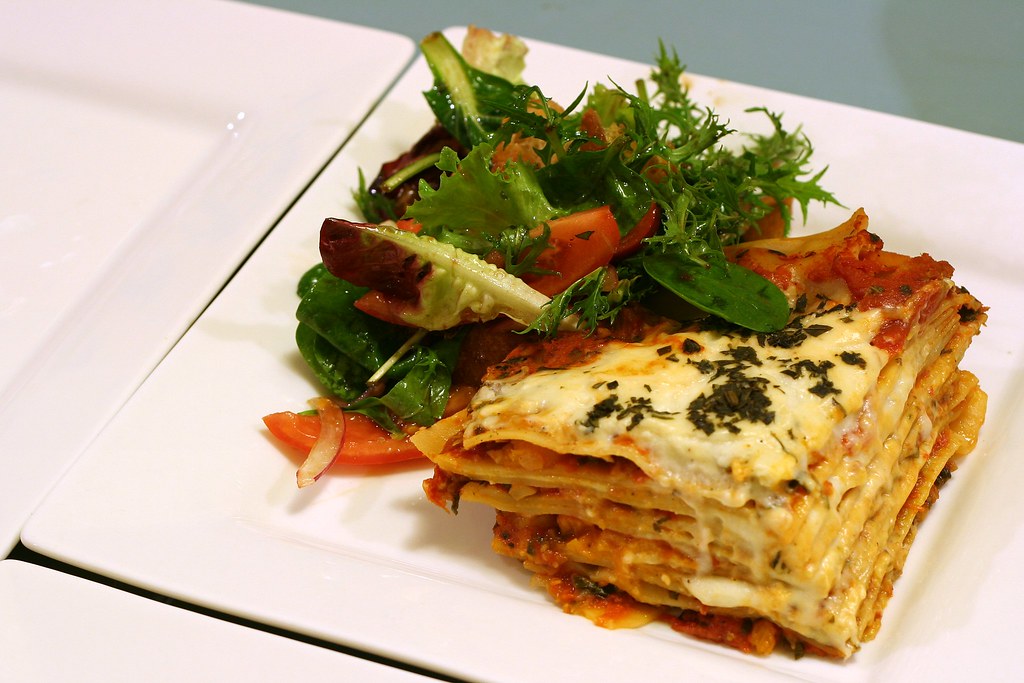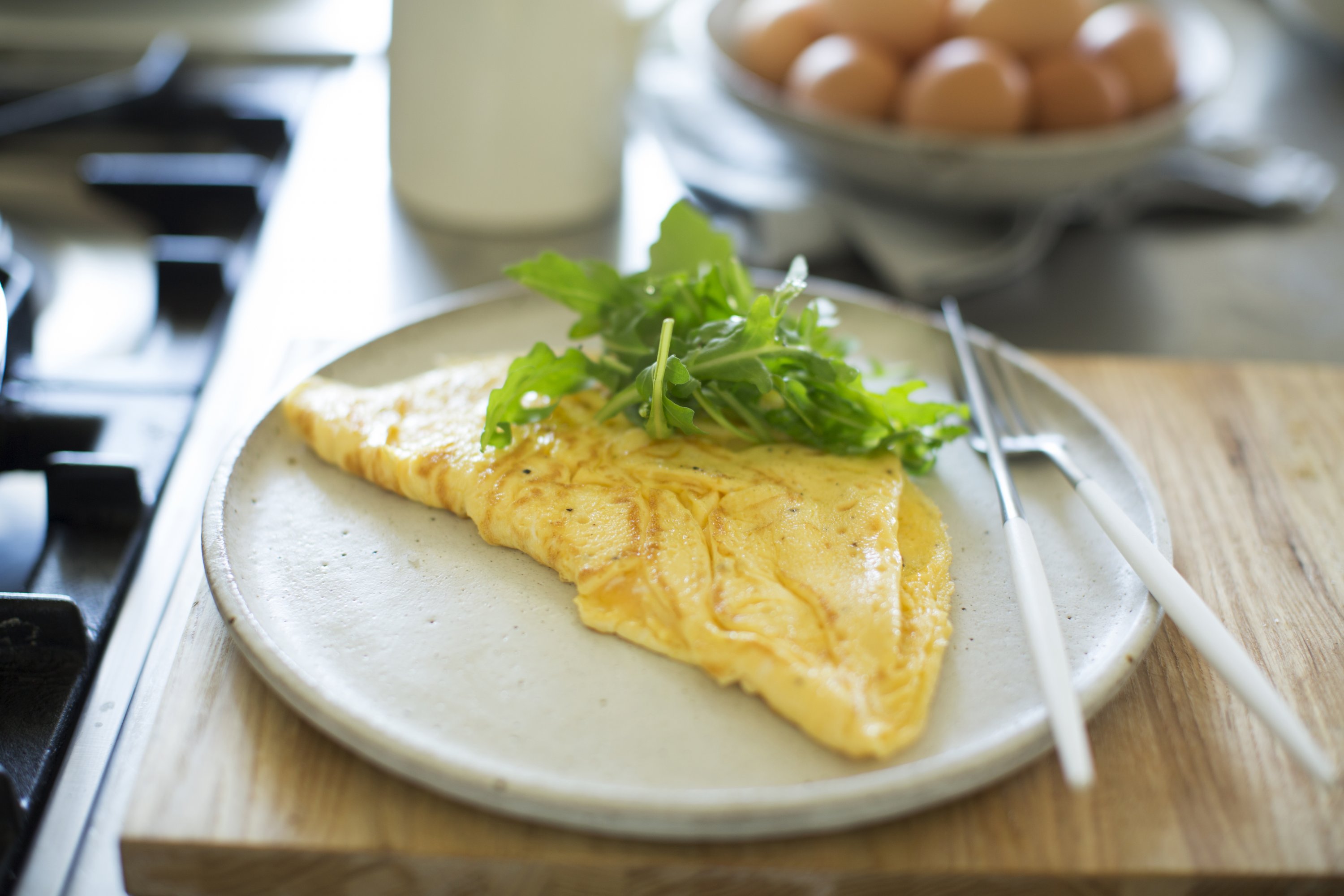
Introduction:
Are you craving a taste of Malaysia? Look no further than the deliciously fragrant and flavorful Malaysian Laksa Recipe. This classic dish is a symphony of bold spices, creamy coconut milk, tender noodles, and fresh herbs, creating a mouthwatering experience that will transport you straight to the bustling streets of Kuala Lumpur. Get ready to tantalize your taste buds with this authentic recipe that is sure to become a favorite in your kitchen.
Origin and History Of This Recipe:
The Malaysian Laksa Recipe has its roots in the vibrant and diverse culinary traditions of Malaysia. This iconic dish is a fusion of Chinese, Malay, and Indian flavors, reflecting the country’s rich cultural heritage. Laksa is believed to have originated in the port cities of Malacca and Penang, where traders and immigrants brought their unique cooking styles and ingredients, resulting in this unique and aromatic noodle soup that has captivated food lovers around the world.
Things To Expect In This Article:
In this article, we will explore the history and origins of the Malaysian Laksa Recipe, provide a detailed list of ingredients, step-by-step preparation instructions, cooking time, servings, nutritional information, personal anecdotes, health considerations, benefits to the body, disadvantages, tips and tricks, equipment needed, variations, serving suggestions, storage and reheating instructions, and frequently asked questions to ensure you have all the information you need to create a delicious and authentic Laksa experience at home.
Ingredients List:
- 500g of rice vermicelli noodles
- 1 can of coconut milk
- 1 liter of chicken or vegetable broth
- 1 tablespoon of laksa paste
- 200g of cooked chicken, shrimp, or tofu
- 2 boiled eggs
- Bean sprouts, fresh cilantro, and lime wedges for garnish
- Optional: sliced red chili, fried shallots, and fish balls
Preparation Steps:
- Soak the rice vermicelli noodles in hot water according to package instructions.
- In a large pot, combine the coconut milk, broth, and laksa paste. Bring to a simmer over medium heat.
- Add the cooked protein of your choice (chicken, shrimp, or tofu) and simmer for another 5-10 minutes.
- Drain the noodles and divide them into serving bowls.
- Ladle the hot laksa broth over the noodles and top with bean sprouts, cilantro, sliced red chili, fried shallots, and a boiled egg.
- Serve hot with a squeeze of lime juice and enjoy!
Cooking Time & Servings:
This Malaysian Laksa Recipe takes approximately 30 minutes to prepare and serves 4-6 people, making it perfect for a family meal or dinner party.
Personal Touch:
Growing up in Malaysia, Laksa was a staple in my household and always brought back memories of bustling markets and vibrant flavors. I love recreating this dish at home and sharing it with friends and family, as it truly encapsulates the essence of Malaysian cuisine.
Nutritional Information:
Per serving, this Malaysian Laksa Recipe provides a balanced combination of carbohydrates, healthy fats from coconut milk, protein from the chicken or tofu, and essential vitamins and minerals from the fresh herbs and spices. Enjoying this dish in moderation can be a flavorful and satisfying addition to your diet.
Health Conditions And People To Avoid This:
Individuals with allergies to shellfish or specific spices in the laksa paste should avoid this recipe. Additionally, those with lactose intolerance may consider using a dairy-free alternative to coconut milk.
Nutrition and Benefits To The Body:
The coconut milk in this recipe provides healthy fats that support brain function and heart health, while the protein from the chicken or tofu aids in muscle repair and growth. The fresh herbs and spices used in laksa are rich in antioxidants and anti-inflammatory compounds that can boost immunity and promote overall well-being.
Disadvantages:
Excessive consumption of coconut milk may contribute to high cholesterol levels, so it’s essential to enjoy this dish in moderation. Eating a well-balanced diet with a variety of nutrients is key to maintaining a healthy lifestyle.
Tips and Tricks:
For a vegetarian version of this recipe, simply omit the chicken or shrimp and use tofu or tempeh as a protein alternative. You can also customize the spiciness of the laksa paste to suit your taste preferences by adjusting the amount used in the broth.
Equipment Needed:
To prepare this Malaysian Laksa Recipe, you will need a large pot, a colander for draining noodles, a ladle for serving, and individual bowls for presentation. Optional equipment includes a mortar and pestle for grinding fresh spices and a blender for making homemade laksa paste.
Variations or Substitutions:
Feel free to experiment with different protein options such as seafood, beef, or pork, and add your favorite vegetables or toppings for a personalized touch. You can also substitute the laksa paste with a homemade blend of lemongrass, galangal, and chili for a fresh and aromatic twist on this traditional recipe.
Serving Suggestions:
Garnish your Malaysian Laksa with a generous handful of fresh cilantro, a squeeze of lime juice, and a sprinkle of fried shallots for added texture and flavor. Serve with a side of steamed jasmine rice or crispy prawn crackers for a complete and satisfying meal.
Storage and Reheating Instructions:
Leftover Laksa can be stored in an airtight container in the refrigerator for up to 2 days. To reheat, simply transfer the soup to a saucepan and warm over medium heat, stirring occasionally until heated through. Add a splash of coconut milk or broth to adjust the consistency as needed.
Conclusion:
We hope this Malaysian Laksa Recipe inspires you to recreate the vibrant flavors of Malaysia in your own kitchen and enjoy a taste of this culinary delight with your loved ones. Don’t hesitate to share your feedback, photos, and experiences with us, and remember to savor every spoonful of this comforting and aromatic dish.
Frequently Asked Questions (FAQs):
Q: Can I make a vegetarian version of Malaysian Laksa?
A: Yes, simply omit the meat or seafood and use tofu or tempeh as a protein substitute.
Q: Is it possible to make this recipe gluten-free?
A: Yes, use gluten-free rice noodles and ensure the laksa paste and broth are free from gluten-containing ingredients.
Q: How spicy is Malaysian Laksa?
A: The spiciness of the dish can be adjusted by adding more or less laksa paste to suit your taste preferences.
Q: Can I freeze leftover Laksa?
A: It is not recommended to freeze this dish as the coconut milk may separate upon thawing, affecting the texture and flavor.
Q: What are the best toppings for Malaysian Laksa?
A: Popular toppings include sliced red chili, fried shallots, bean sprouts, fresh cilantro, and a boiled egg for added flavor and texture.



















